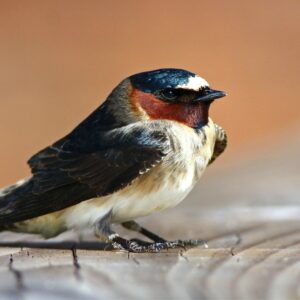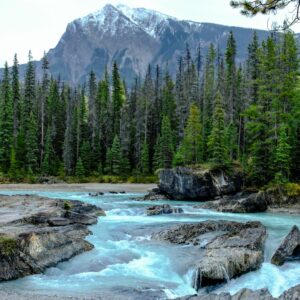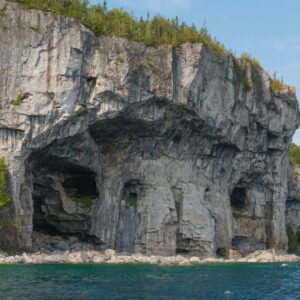Marine conservation e-Atlas marks a breakthrough in sharing data to manage the world’s oceans
October 16, 2012 (Ottawa) – The first global inventory of important sites for the conservation of migratory marine species represents a major contribution to marine conservation and a valuable tool for policy-makers here in Canada, as the merits of large development projects like the Northern Gateway pipeline are debated.
The e-Atlas of Marine Important Bird Areas will be launched by BirdLife International at the Eleventh Conference of the Parties (COP11) to the Convention on Biological Diversity (CBD), in Hyderabad, India, on October 16.
The e-Atlas covers 3,000 Important Bird Areas (IBAs) worldwide, and 325 in Canada, including 30 sites along the Northern British Columbia coast that could be exposed to oil pollution from increased tanker traffic and an impossible-to-rule-out oil spill if the Northern Gateway Pipeline project is approved.
“The northern B.C. coast and the whole Queen Charlotte Straight is a globally important area for marine birds, other marine animals and fish,” said Ian Davidson, executive director of Nature Canada, the Canadian co-partner of BirdLife International. “A spill could cause irreversible harm to the livelihoods of many coastal and aboriginal communities and the area’s unique marine ecosystems.”
Nature Canada is an official intervener in the Joint Review Panel hearings examining Northern Gateway, which proposes to carry tar sands oil from Alberta across the Rockies to the northern B.C. port of Kitimat. Giant tankers – some nearly as long as the Empire State Building is tall – loaded with crude oil headed for Asia would navigate through the pristine and rugged northern B.C. coast at the rate of about one every second day.
The e-Atlas is the result of six years of effort that, to date, has involved around 40 BirdLife Partners, with the world’s leading seabird scientists from inside and outside the BirdLife Partnership, in collaboration with government departments of conservation, environment and fisheries. Data on Canada’s marine IBAs is based in part on work performed by Nature Canada and its Canadian co-partner, Bird Studies Canada dating back to 1996.
Bordered by three oceans, with the longest coastline in the world and more than 52,000 islands, Canada supports about 15 million breeding seabirds, such as Leach’s Storm-Petrel, Thick-billed Murre and Cassin’s Auklet. In addition, there are millions of migrants, mostly shearwaters, which breed in the Southern Hemisphere and visit Canada during our summer.
According to the State of Canada’s Birds 2012 report, which Nature Canada published with several conservation partners, oil at sea, both illegal discharges and major spills, poses an increasing threat to Canada’s seabirds. Oil and gas developments are concentrated on continental shelves around Canada’s coasts, which are also the prime feeding areas for many birds and fish. While breeding, seabirds aggregate in huge colonies, sometimes more than a million birds, and these vast concentrations are extremely vulnerable to marine oil spills.
“Canada’s coasts are the prime feeding areas for many birds and fish,” said Davidson. “While breeding, seabirds come together in huge colonies, sometimes more than a million birds, and these vast concentrations are extremely vulnerable to marine oil spills. A project like the Northern Gateway pipeline brings tremendous risk to the wildlife of Canada’s west coast.”
The e-Atlas provides a model for inventories of areas of conservation importance for other migratory species, such as whales, turtles and sharks. Important Bird Areas have been found to capture a large and representative proportion of other biodiversity, providing a reliable and easily monitored way of identifying priorities for conservation. Effective management of Important Bird Areas will therefore help conserve a wider range of species and habitats.
The e-Atlas can be viewed at www.birdlife.org/datazone/marine.
[separator headline=”h2″ title=”About Nature Canada”]
Nature Canada is a member-based non-profit nature conservation organization dedicated to conserving and protecting wildlife and habitats in Canada. As a Canadian co-partner of BirdLife International, Nature Canada delivers the Important Bird Areas program, which aims to identify, monitor and protect a global network of IBAs for the conservation of the world’s birds and other biodiversity. www.naturecanada.ca



